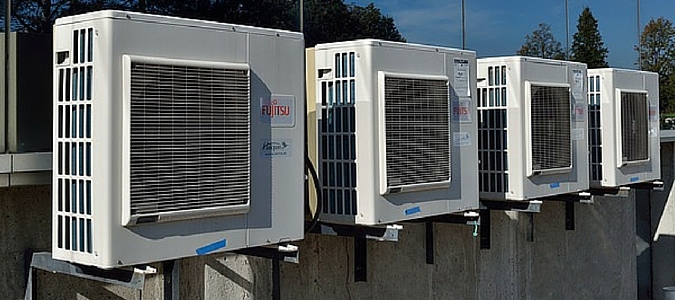Cool Facts About Bug Hibernation
Good, Bad and Beautiful Snoozers
There’s nothing like a blast of central Texas cold to eliminate summer pests from the scene, but they don’t all disappear when the chill sets in. Some insects sneak into your house, burrow into the lawn or tuck away deep inside trees. Three local bugs have mastered the snug art of hibernating through our coldest Austin winters.
The Good
It’s impossible not to smile when you spot a lady bug. Whether it’s a bright red specimen or a shiny yellow version, the beneficial insect is welcome in gardens throughout the area. The lady bug has a great reputation for keeping aphids and other flower-destroying pests under control, but the real credit goes to its larvae. Yes, the youngsters do all the work. This pretty beetle can become a problem when the temperatures drop. They can migrate into walls, attics and your home’s HVAC system.
The Bad
You won’t run across … Read Full Post »
